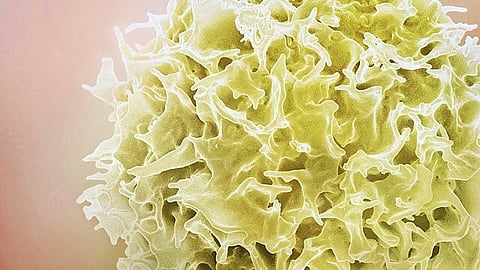Potential vulnerabilities highlight treatment opportunities
Understanding the central role of the CRC in this cancer has implications for treatment. Drugs that target the STAT family of proteins and other proteins that signal through STAT3 already exist — but they have seen limited success, particularly in ALK-negative disease. Knowledge of the CRC and its interaction with STAT3 may allow for developing novel therapeutics and combination strategies.
“Our findings reveal a significant relationship between the core regulatory circuit members and STAT3,” Prutsch said, “This emphasizes the potential for therapies leveraging these connections and offers attractive options for developing new treatments in ALK-negative ALCL.”
The same methods used in the study may also provide a path to understanding and searching for vulnerabilities in other malignancies without a clear driver mutation.
“Our discovery indicates that exploiting the interconnectedness between signaling and transcriptional dependencies is a rational approach to developing new treatment strategies across a broad range of cancers,” Zimmerman said.


